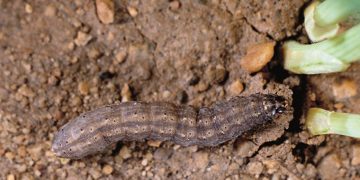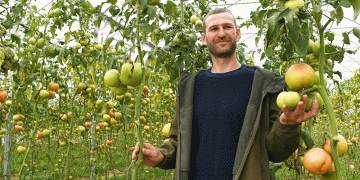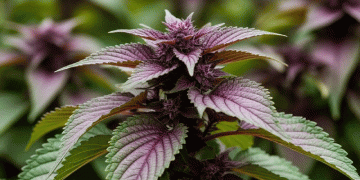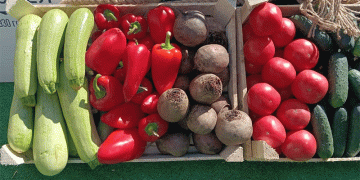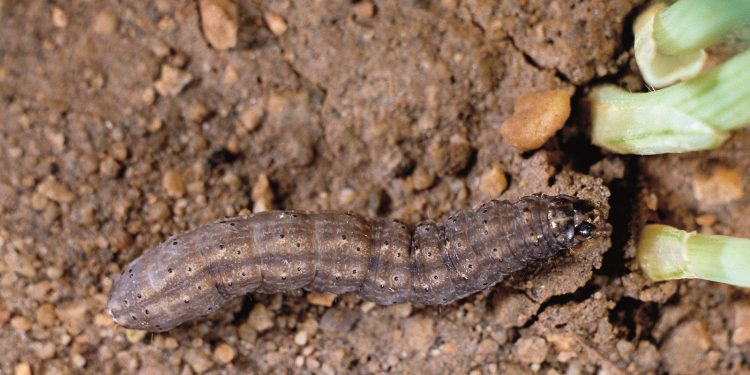#GardenPests #CutwormControl #IntegratedPestManagement #OrganicGardening #NoChemicals #BtInsecticide #SpinosadInsecticide
Cutworms, specifically Agrotis spp., are common pests that can cause significant damage to a variety of crops and garden plants. These larvae of noctuid moths are known for cutting off seedlings at the soil line, resulting in stunted growth and reduced yield.
To combat cutworm infestations, it is essential to understand their life cycle and behavior. Cutworms are most active at night and can be identified by their brown or gray color and a curled-up posture when disturbed. They are most prevalent in the early spring and fall when the weather is cooler.
Preventive measures include clearing away plant debris and weeds, rotating crops, and using physical barriers such as collars around the base of plants. Bacillus thuringiensis (Bt) and spinosad are two effective insecticides that can be used against cutworms.
It is important to note that the use of chemical pesticides can have unintended consequences, such as harm to beneficial insects and the environment. As such, it is crucial to practice integrated pest management (IPM) strategies that focus on prevention and use of non-toxic methods first before resorting to chemical solutions.
The key to protecting your garden from cutworms is understanding their behavior and life cycle, practicing preventive measures, and using targeted and non-toxic methods to control their population. By following these guidelines, you can enjoy a healthy and bountiful harvest free from the damaging effects of cutworms.
